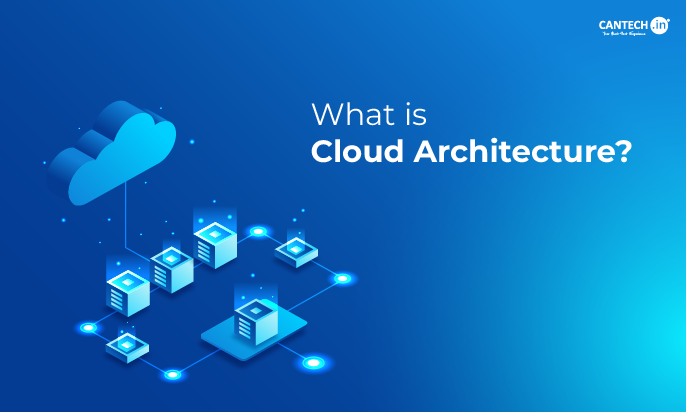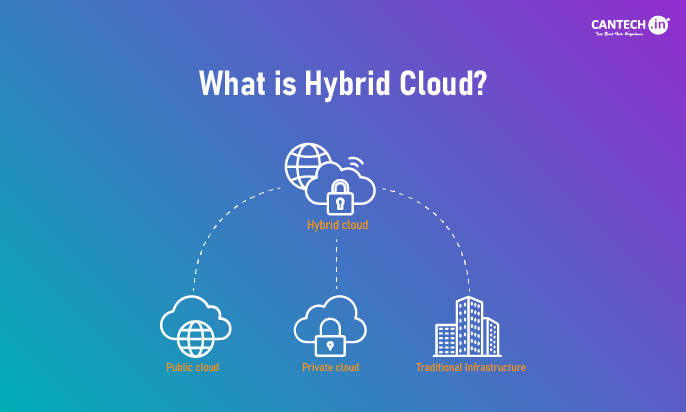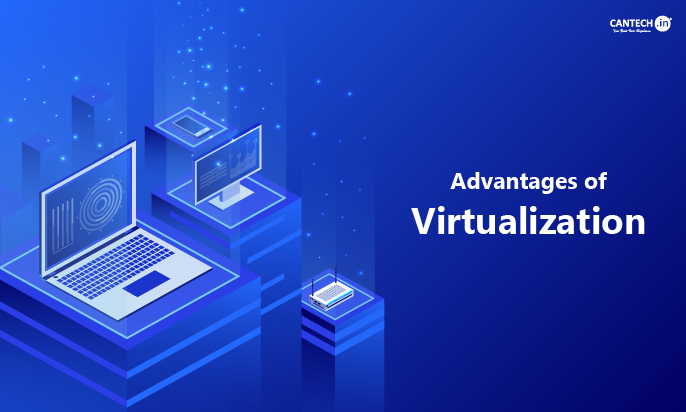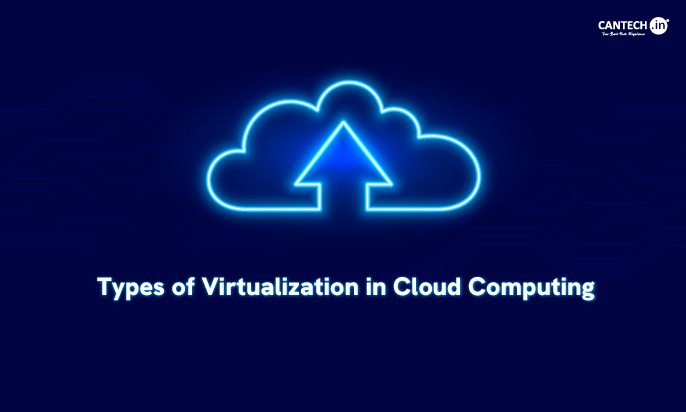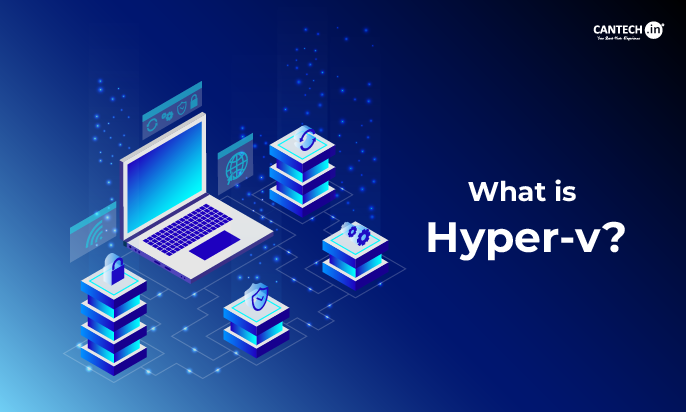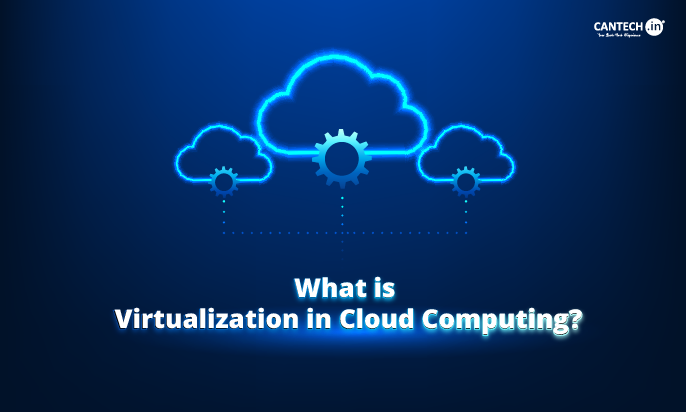Introduction
Modern businesses have started relying more and more on cloud services due to their scalability and efficiency. Using cloud computing, companies can store data and applications over the internet and easily access and manage them 24/7 from anywhere. Thus, you need not rely on physical hard drive or local server. It provides remote server resources such as storage, processing power, etc.
All in all, businesses do not need to invest in expensive infrastructure to grow. Also, they can ensure performance and reliability through intelligent monitoring.
Now, that we understand the meaning of cloud computing, it is also essential to know how does it work? Well, to know this, you must understand the cloud architecture.
So, what is cloud architecture? It is a blueprint to guide the combination of resources to meet your custom business needs. It is about designing a flexible system for tailored applications. Basically, it pools resources through virtualisation and shares them over a network for seamless delivery of services.
This blog will explore its meaning, components, benefits, and various related concepts.
What is Cloud Architecture?
With cloud computing explained, let us now understand Cloud architecture.
So, it is the structural design involving different technological components such as hardware, software, and networks. They are integrated to build an efficient and scalable cloud environment for cloud computing services.
It uses Service-Oriented Architecture (SOA) and Event-Driven Architecture (EDA) for the same. Let us further know how it works.
How Does Cloud Architecture Work?
The 3 main layers of Cloud architecture operation include Frontend, Backend, and Network. Well, they are also the primary Cloud architecture components.
Cloud architecture components
1. Frontend
The clients or the users interact with this layer called Frontend. In other words, devices, apps, and interfaces through which they interact with cloud services are called Frontend. For example – a browser or an app to access your saved files on the cloud.
2. Backend
Most of the operations happen here in the backend, therefore, it is a very important layer and component. The servers, storage, virtual machines, etc run in the backend. Their role is to manage resources for security and smooth performance of the apps or site. The backend cloud architecture components –
- Applications in the backend meet various client’s needs for resources (storage, processing power, data processing, etc).
- The service component handles and ensures you get the service that you subscribe to i.e. SaaS, PaaS, or IaaS. Service is the heart of architecture where all tasks are handled and resource access is managed.
- Runtime Cloud creates the environment where applications or virtual machines run. Thus, it provides the necessary execution layer for backend operations.
- Storage components manage and store data with flexible solutions such as simple file storage or even advanced databases.
- Infrastructure – Hardware components (storage, CPU, network, etc) and software tools fall into this component type.
- Management systems manage resources in real-time as per the user requirements. They ensure everything works smoothly and securely. Also, management software (middleware) is important for the backend and frontend coordination and communication related to resource needs.
- Security protocols like backups, firewalls, debugging, etc. offer end-to-end protection for everything within the cloud.
3. Network
The network is the medium between frontend and backend with which the data can flow smoothly. Thus, it includes the internet or a private network (like an intranet) or intercloud.
Cloud-Based Delivery Models
Well, the Cloud delivery models determine how cloud computing services are offered and consumed. So it is an important component of working of architecture –
Infrastructure as a Service (IaaS)
IaaS provides virtual servers, storage, and networking access that you rent in the form of backend infrastructure to run your apps. Thus, you do not own physical servers and can easily scale without investing in hardware.
Platform as a Service (PaaS)
PaaS includes a full-fledged development environment to build, test, and deploy applications. It has tools, frameworks, and runtime environments that simplify app development. You use the platform without needing to manage the underlying infrastructure.
Software as a Service (SaaS)
You get ready-to-use software over the internet without needing to install or maintain it under the SaaS model. You can simply log in and start using the service. For example – Gmail, Zoom, and Salesforce.
Benefits of Cloud Architecture
We defined Cloud architecture, and now let us discuss a host of advantages that it offers for modern businesses.
1. Scalability
You can scale resources up or down based on your current needs to handle sudden traffic fluctuations or business growth.
2. Cost Savings
You pay only for usage and can save money as you do not need to make any upfront investments in hardware.
3. Disaster Recovery
You are prepared for any emergency as Cloud services include data backups that are replicated across multiple locations.
4. High Performance
The advanced cloud infrastructure provides fast processing and high-speed access to applications and data.
5. Security
The advanced security protocols from cloud providers protect your data and resources from threats and vulnerabilities.
6. Easy Maintenance
You always have access to the latest technology as providers handle updates and maintenance.
7. Compliance
You can easily meet regulatory requirements for your business as cloud platforms often adhere to global compliance standards.
Cloud Deployment Models
Below are the 4 main types of cloud deployment models –
1. Public Cloud
Public cloud setup is when users get the services over the internet but they are shared among multiple users for general use. This is highly cost-effective and accessible.
2. Private Cloud
When one organization uses the cloud services, dedicated to it with the best security and control, then it is called Private Cloud. It is highly suitable for industries with strict data privacy needs.
3. Hybrid Cloud
In the hybrid model, businesses can use the private cloud to store sensitive data and public clouds for less critical operations.
4. Hybrid Multi Cloud
Businesses can choose the most suitable multiple cloud provider for your needs flexibility under hybrid multi cloud.
Conclusion
Cloud architecture provides amazing cost-efficient solutions. Using them, businesses can innovate and grow flexibly due to their great scalability and accessibility. You get endless opportunities in modern computing. Cantech offers top-notch affordable cloud hosting and computing services. Host your site/app or use our Cloud Platform-as-a-Service (PaaS) and get scalable and high-performance solutions. Reach out today!
FAQs
What is a cloud architect?
A professional who handles designing and managing cloud solutions is called a cloud architect. They ensure the solution meets the business’s goals. Also, they optimize performance and security for the same.
What are the Technologies in Cloud Architecture?
The architecture of cloud computing involves two key technologies –
Virtualization – When the physical hardware is divided into virtual machines, virtualization technology is used. This way, the physical resources are shared & optimised and users can have internet-based access.
Automation – This technology simplifies cloud management as it reduces manual tasks. Also, it enables faster deployment and cost savings. Moreover, DevOps processes like testing, building, and monitoring highly benefit from this technology.
What are Cloud Architecture Best Practices?
Below are the key practices –
- Automation tools reduce costs and help improve reliability, availability, and security.
- Optimise data usage to cut costs and simplify operations.
- Select suitable platforms as per your workload for performance and efficiency.
